Checking and adjusting tyre pressures can seem a bit, well, technical to many of us. You have to know some numbers, you'll have to bend down towards the dirty bits of the car and yes, you'll almost certainly have to go to a service station at some point.
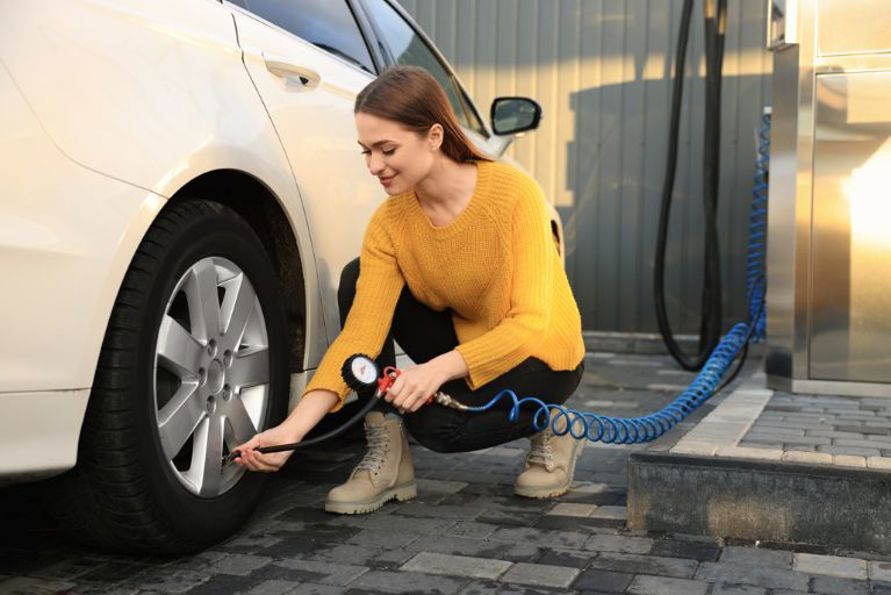
But this is not an automotive area you can ignore. Even if you drive away with all four corners perfectly set, time (you could lose 1-2% each month organically), weather conditions and loading can have a huge affect on the pressures you have and the pressures you need.
You should check and adjust (if needed) your tyres at least once a month.
Tyre pressures are a safety issue, because they affect the handling, stability and especially braking of your vehicle. They're also a comfort issue, because correct pressures mean the vehicle will ride as the manufacturer intended it to.

And they're a cost-of-motoring issue, because under- or over-inflated tyres can affect fuel consumption (10% under-inflation can burn 2% more fuel) and tyre wear, meaning you'll be spending more money keeping your car going than you need to.
How do I find out the correct tyre pressures for my car?
This is important information and it'll definitely be on your car somewhere. The handbook is the obvious choice, but... boring flicking through the index to find it. Or maybe you have an older car that has long since lost touch with its factory literature.
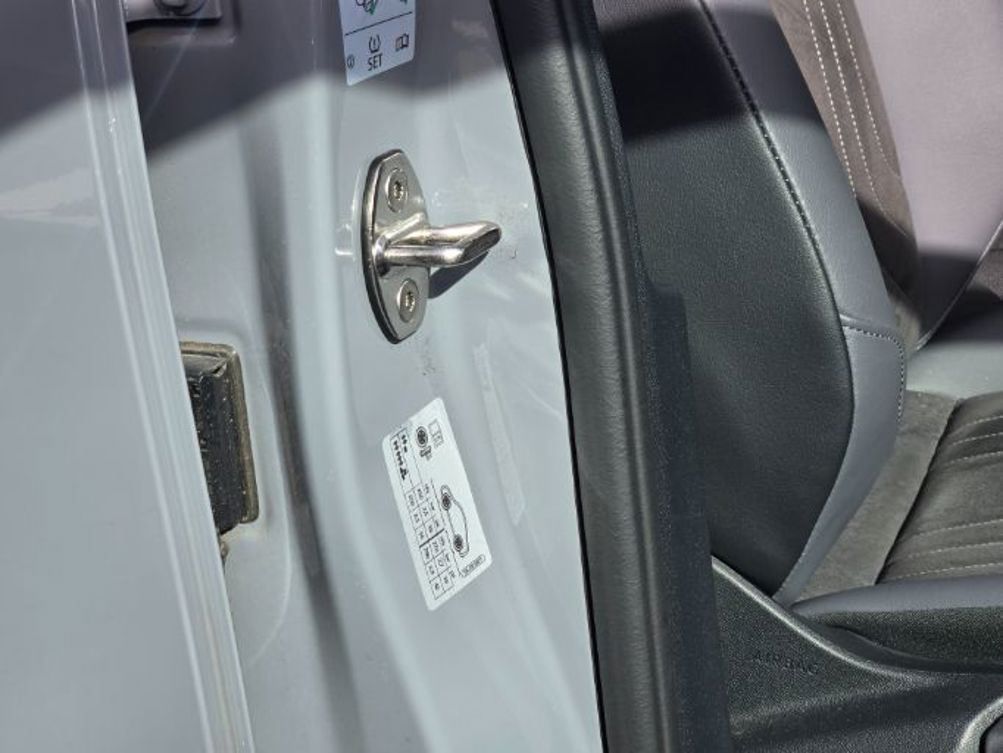
You'll almost certainly find tyre-pressure information on a sticker either around the driver's door, or inside the fuel flap (makes sense, it's a good car-care fit with fuel-octane info).
It's likely to be a grid of numbers and perhaps even graphics, which might look a bit intimidating. But don't worry, we're getting to that now.
What's with all the numbers?
Tyre pressure is measured in different ways, and you car's info-plaque might use just one or many of them. Pounds per square inch (PSI) still seems to be the most common, even though it's still imperial (then again, so are wheel sizes: 16-inch, for example). You might also see metric measurements like kiloPascals (kPa) or Bar.
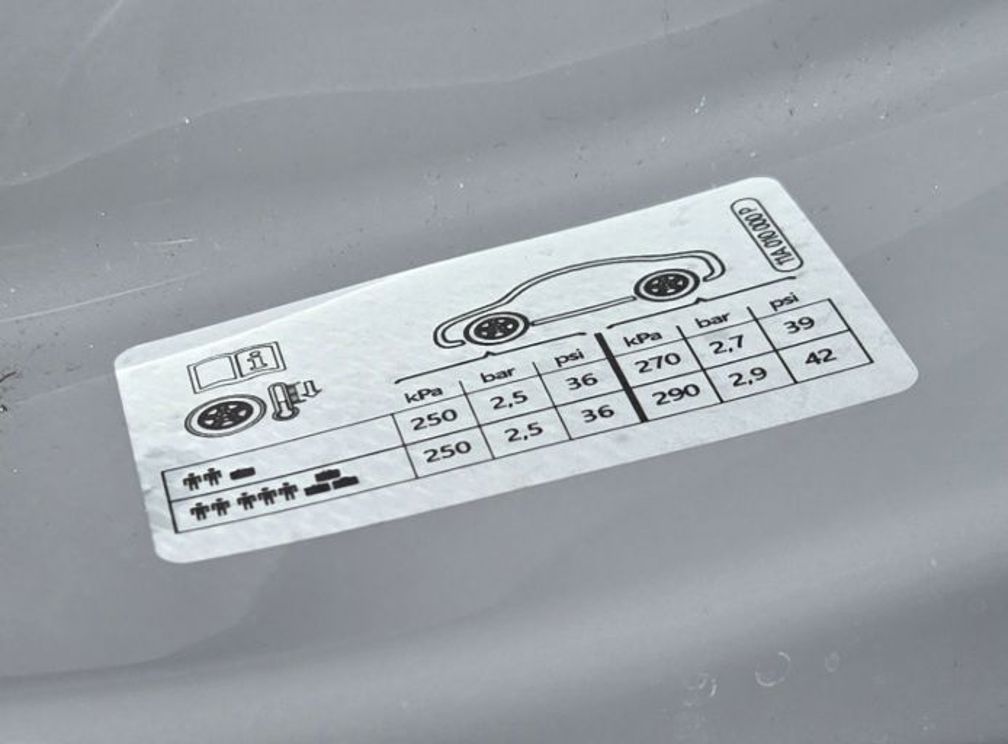
Don't stress, they are just different ways of measuring the same thing and you can easily convert one to the other. You don't even need a formula; that's what Google is for.
The values are what the manufacturer recommends and there might even be different ones depending on what passenger or cargo load you're carrying. Again, no stress: just choose what best represents typical daily use for you and roll with it.
The same model of car also often comes in different wheel and tyre sizes; again, they'll all be on there, so you might have to double-check you're looking at the right information based on your actual tyres. Which shouldn't be too hard, as you'll be kneeling down next to one at some point.
Many cars also have slightly different pressures front and rear, so be aware of that.
The pressure-measurement you need will depend on what equipment you're using. Equipment? Oh no. Let's talk about that.
How to check tyre pressures, how to inflate/deflate
You need to check all tyres individually. And don't forget the spare; people always forget the spare.
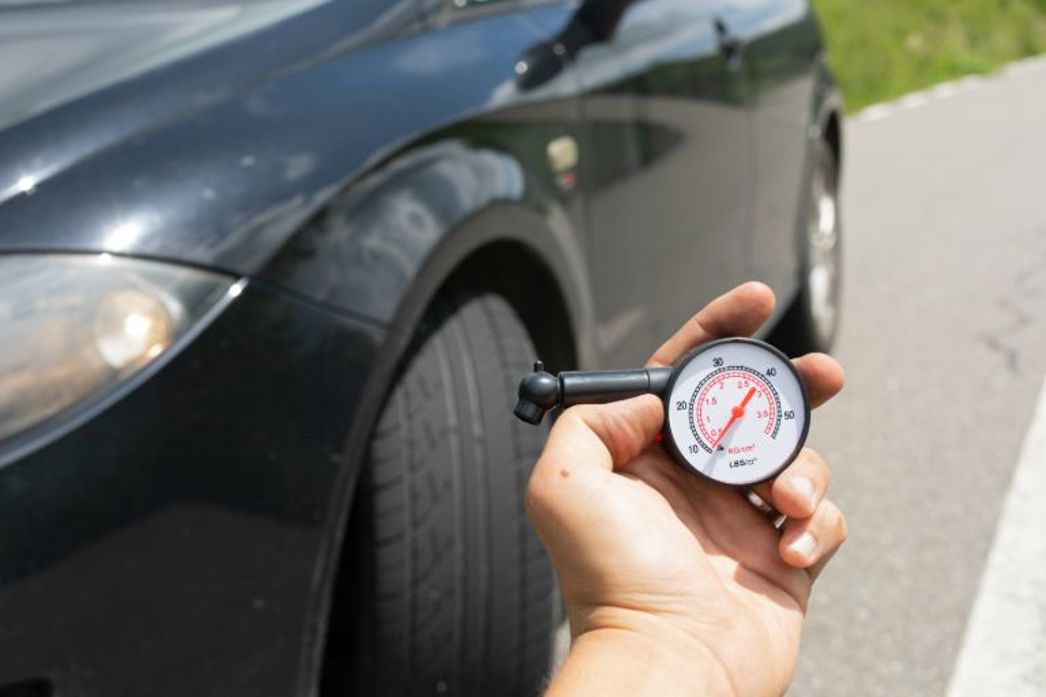
Ideally, you'll have a portable tyre pressure gauge, which can be purchased for as little $10 from an automotive-aftermarket or hardware shop; but you might like to spend a little more, say $25-$50, to get something decent.
You can also do the check at the service-station, um, station where you actually pump up your tyres, although these are famously inaccurate; but better than nothing, because at least they're consistent. Still, remember that if you have your own at-home gauge and all is well rubber-wise, you might not have to go to the service station at all. It's a good investment.
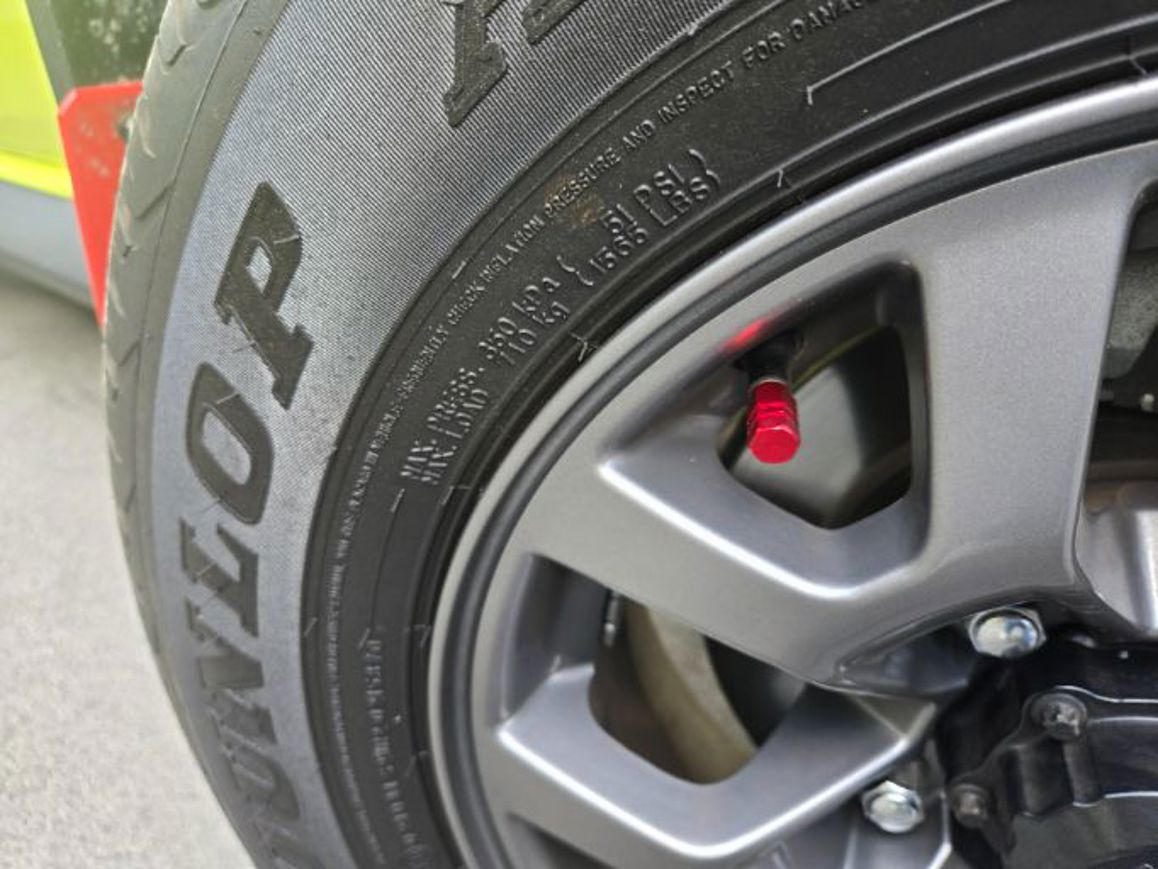
Anyway, unscrew the valve cap and simply press the gauge onto the stem. You might hear a little hiss and then you'll get an instant reading, which you can check against the manufacturer's recommendations.
If the pressures need adjusting, you'll need to go to a service station and use a machine; check where your nearest one is, because not all have them these days.
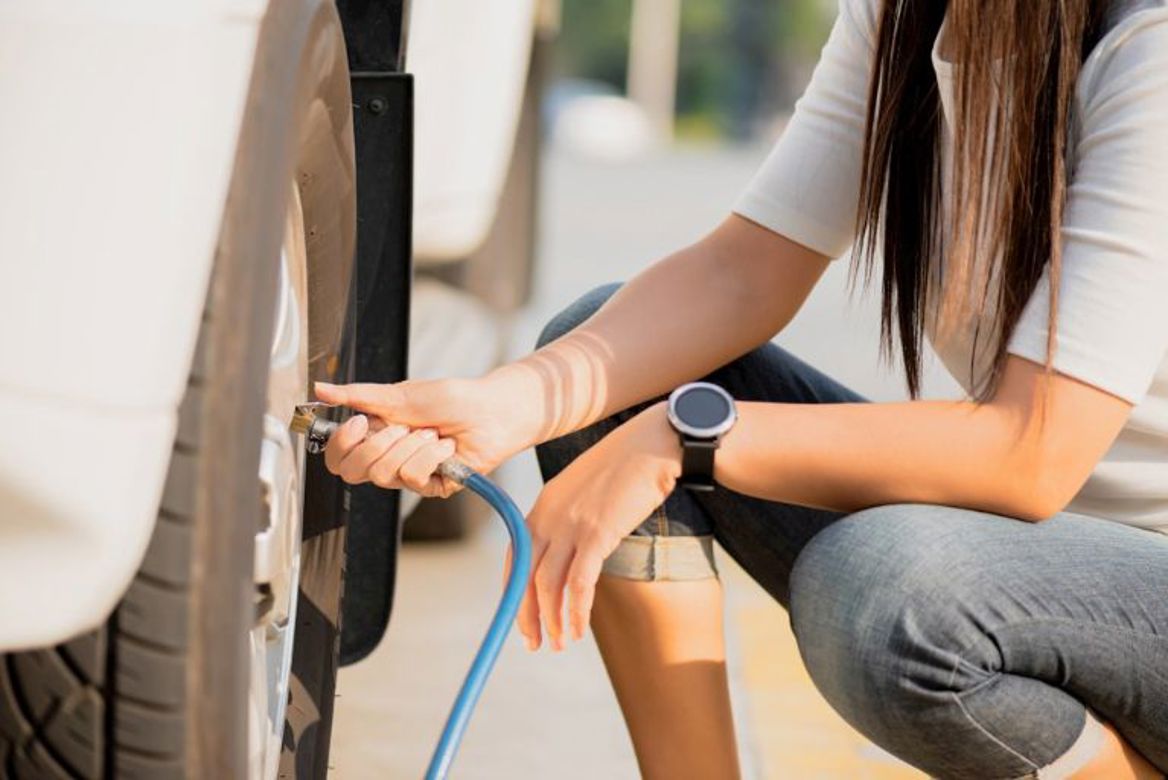
It's better to check the tyres when cold, another reason to do it at home. A drive to the service station doesn't really matter in terms of an accurate reading either, just don't decide to suddenly check the pressures half-way through a road trip from Auckland-Wellington.
Service-station pumps can be a bit intimidating because you feel like people are watching if they're waiting to use the machine (don't go on a Saturday morning if you're worried about that), but they're really easy to use.
Most have a simple pushbutton setting/display for the pressure you want; make sure you go armed with that info so you're ready. Then pop the pump fitting on the valve stem (like you did to check the pressure), press/activate and the machine will automatically inflate or deflate to the selected pressure. You'll probably also get a nice little "ding" when it's done.
Modern cars can do some of it for you
Many modern cars have tyre pressure monitoring systems, which are very handy - but still no substitute for a manual check.
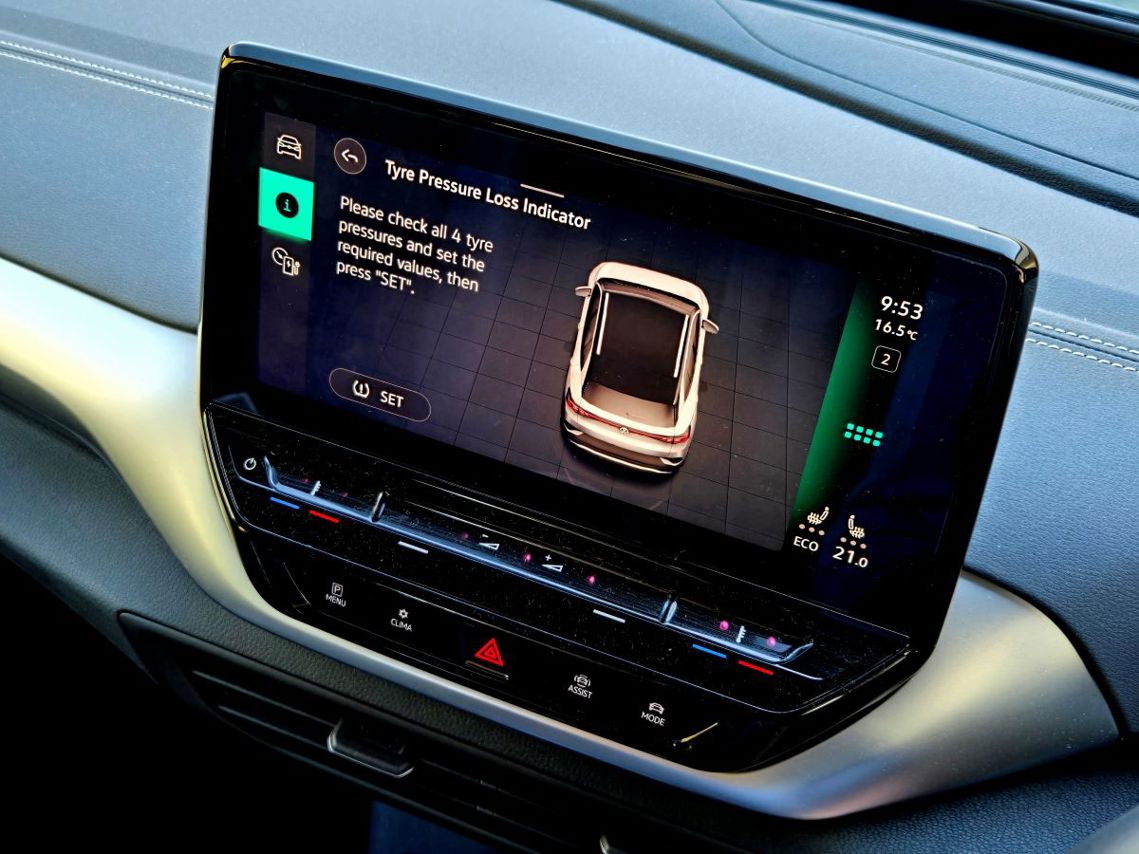
The most basic kinds simply monitor wheel rotation and will warn you if one is getting a bit speedier than the rest (ie it's going a bit flat). You have to remember to reset these when you adjust pressures, because they need the correct rotation to begin with.
Others actually have sensors inside the tyres, which is quite sophisticated. But they, too, can glitch in adverse weather or on long journeys.
And no, you can't simply keep an eye on your tyres; by the time they really start to look saggy they're probably seriously/dangerously under-inflated (perhaps by up to 50%).





